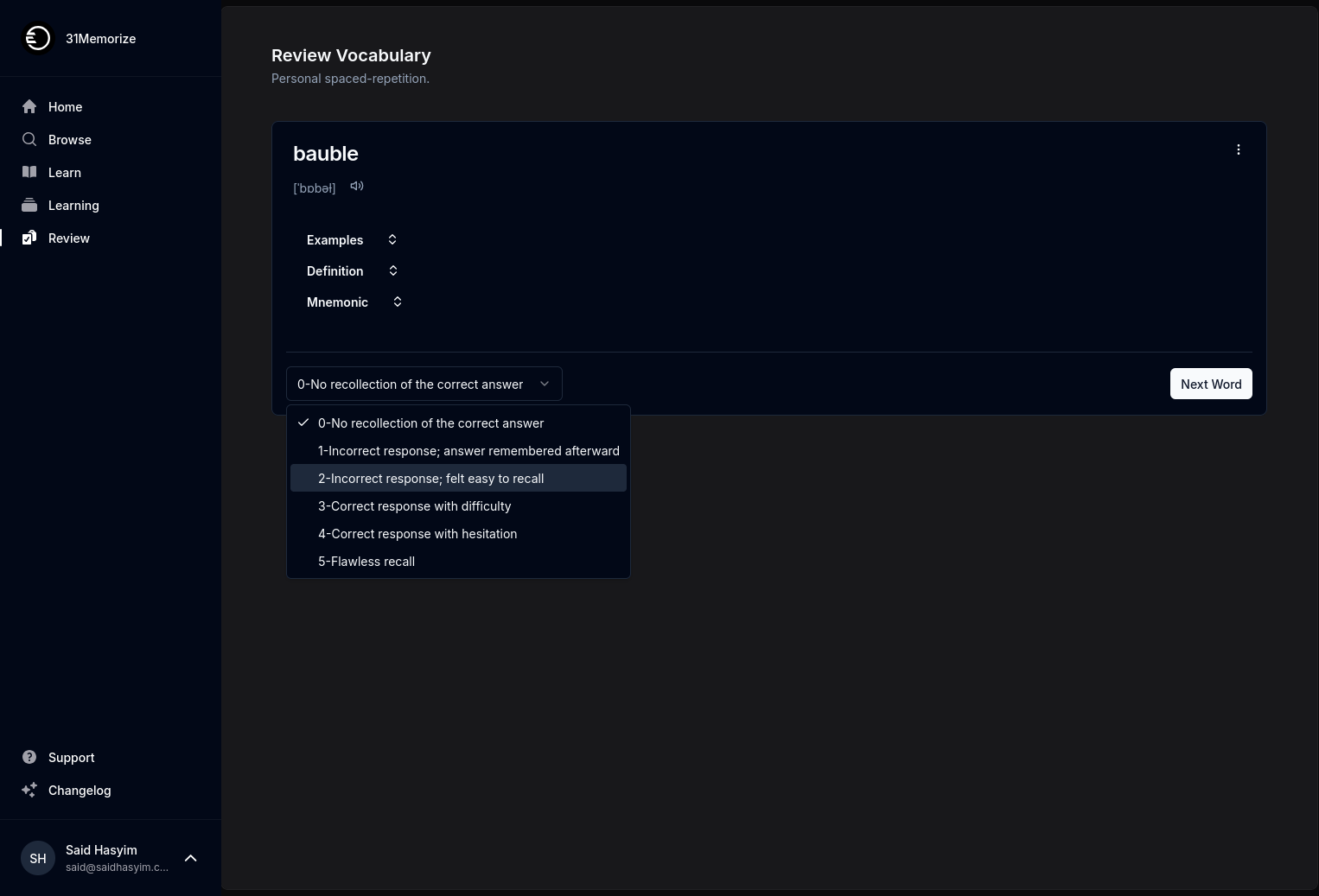Understanding Author Reputation Through Ratings
In today’s digital landscape, the sheer volume of content available can be overwhelming. Readers face an abundance of choices when it comes to literature, articles, and other written works. With the rise of online retailers, review platforms, and social media, ratings have become an essential metric for evaluating author reputation. This blog post aims to explore how author reputation is constructed, the significance of ratings, and the implications for both authors and readers.
The Importance of Author Reputation
An author’s reputation can significantly impact their career, affecting sales, visibility, and ultimately, their relationships with readers. A good reputation can lead to increased book sales, speaking engagements, and opportunities for collaboration, whereas a poor reputation may hinder an author’s ability to connect with their audience and find success. Reputation is built over time and is influenced by various factors, including:
- Quality of Work: This is often the primary determinant of an author’s reputation. High-quality writing, originality, and engaging storytelling can enhance an author’s reputation.
- Engagement with Readers: Authors who interact with their audience through social media, book signings, or Q&A sessions tend to build a positive reputation. Readers appreciate transparency and personal engagement.
- Consistent Output: Regular publication of quality works helps authors maintain relevance and solidify their reputation. Infrequent releases may lead readers to forget about them.
The Role of Ratings in Author Reputation
Ratings are a critical tool for gauging author reputation. They provide a quantifiable measure of reader satisfaction and opinions. Here are several key aspects of how ratings affect an author’s reputation:
1. Instant Feedback Loop
Ratings serve as immediate feedback for authors. A high rating reflects readers' appreciation and acceptance, while a low rating may highlight areas for improvement. Authors can use this information to refine their craft, making necessary adjustments to writing style, story structure, or character development.
2. Social Proof
In psychology, the concept of social proof suggests that people are influenced by the actions and opinions of others, particularly in uncertain situations. High ratings can attract new readers who might be uncertain about whether to invest time and money in a particular book. Conversely, low ratings can deter potential readers, leading them to seek alternatives.
3. Visibility and Accessibility
Many platforms prioritize works with higher ratings, leading to increased visibility for authors. Books with better ratings may appear on “recommended” lists, search results, or algorithm-driven suggestions. This heightened visibility can lead to amplified sales, further enhancing an author’s reputation.
4. Influence of Review Culture
The rise of the internet has democratized the review process. Readers can express their opinions easily, leading to a thriving culture of online reviews. However, this can come with its challenges. Ratings and reviews are subjective and can be influenced by factors unrelated to the quality of the writing. A single negative review can severely impact an author’s reputation, while a small number of positive reviews may not be enough to create a lasting positive perception.
5. The Challenge of Fake Reviews
With the importance of ratings, there's a risk of fake reviews impacting an author’s reputation. Some individuals may engage in unethical practices, leaving false ratings to harm competitors or inflate their own reputation. This practice complicates the assessment of true author quality and can create distrust within the reading community.
Interpreting Ratings Wisely
For readers attempting to gauge an author’s reputation through ratings, it's crucial to interpret the data wisely. Here are several factors to consider:
1. Volume of Ratings
A high average rating from many reviews is often more reliable than a high rating based on a small number of reviews. A significant number of ratings can indicate a broader consensus on the quality of an author’s work.
2. Content of Reviews
Quantitative ratings tell part of the story, but the qualitative aspects found in written reviews provide deeper insights. Readers should look for patterns in the feedback; recurring praise or criticism can reveal consistent strengths or weaknesses.
3. Contextual Understanding
Consider the genres and themes of an author’s works. A book may receive polarized ratings because it appeals to a specific audience. For example, a fantasy novel may not resonate well with readers who prefer contemporary fiction, skewing its ratings without indicating poor quality.
4. Recency of Reviews
More recent ratings can offer a current perspective on an author’s work. People change, and so do their writing styles and audience engagements. An author who received negative reviews in the past may have improved significantly in their most recent works.
Conclusion
Author reputation is a multifaceted construct that is increasingly shaped by ratings in the digital age. For authors, cultivating a positive reputation requires a commitment to quality, engagement, and responsiveness to feedback. For readers, understanding and interpreting ratings can provide valuable insights into the works of emerging and established authors alike.
As the literary landscape continues to evolve, the role of author reputation and ratings will remain integral to the relationship between authors and readers. By leveraging this understanding, both parties can navigate the world of written content more effectively, ensuring that quality voices are heard and appreciated.
